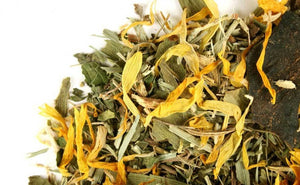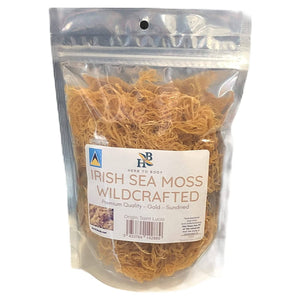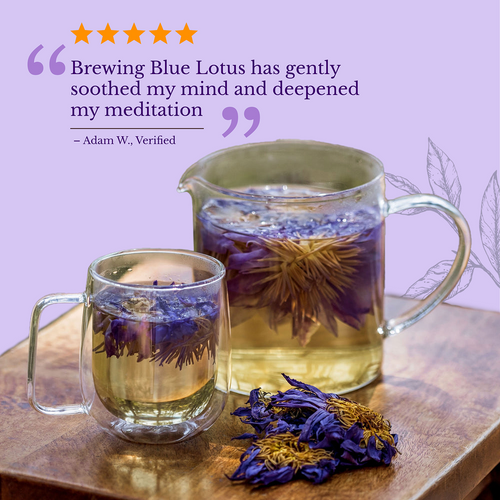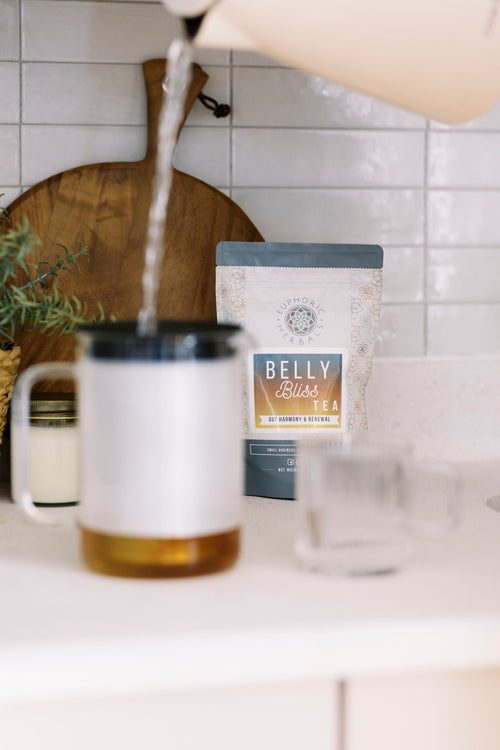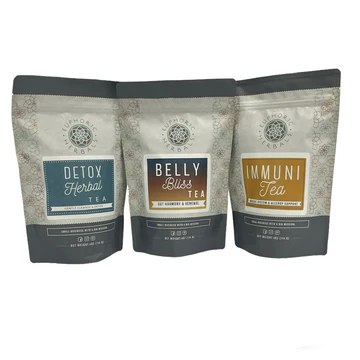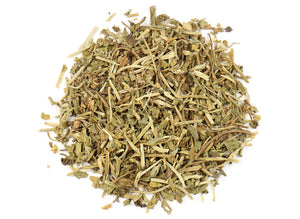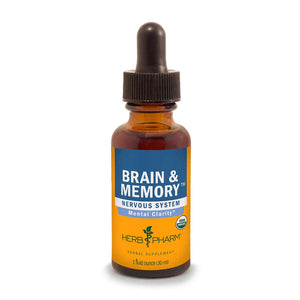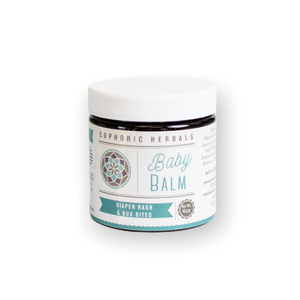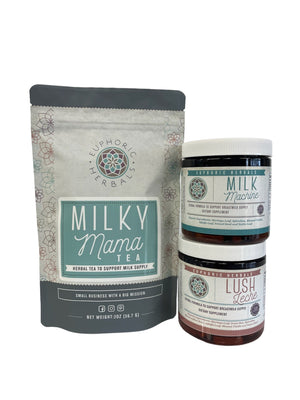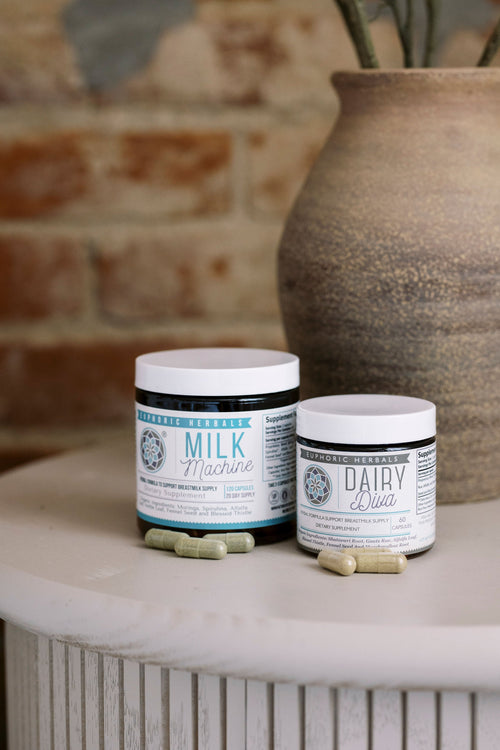Most new parents love the convenience and efficiency of using a breast pump. These machines help moms to express milk for their infant so that the baby can eat even if mom isn't immediately available.
Several breast pump models made by a variety of manufacturers are on the market, but they all have one thing in common. Each model has a pair of flanges, which may sometimes be called breast shields. The proper fit of these flanges is the key to the comfortable, convenient and trouble-free expressing of breast milk.
What Is a Breast Pump Flange?
Shaped like a cone or a funnel, a flange is the part of the breast pump machine that comes into direct contact with the breast. Essentially, it is a cup, typically made of plastic though some are made of glass, that fits over the nipple to form a seal. This seal encompasses the entire areola so that a vacuum is created, drawing the nipple into the cone for efficient extraction of milk.
The flange is connected to a tunnel which is in turn connected to a bottle or an alternative collection device.
However, if that flange is either too large or too small, then a perfect vacuum is not created. This means that expressing milk is likely to be a painful or at least uncomfortable process. It also means that it will be virtually impossible to express all of the milk that is currently within the breast.
Standard Flanges
When a breast pump is purchased, it frequently comes with a "standard size" flange. Usually, this flange corresponds to approximately 24 to 27 millimeters, which refers to the size of the nipple. However, not everyone will fit into this size.
This is why it makes sense for women to measure their nipples before purchasing a breast pump. Accordingly, it's possible to choose a model that comes with flanges that are of the appropriate size.
Nonetheless, it may be wise to investigate even further. It's a very good idea to measure both nipples because one may be slightly larger or smaller than the other, necessitating two different flanges.
Knowing the size or sizes that are needed makes it easier to choose an appropriate breast pump. It also makes sense to keep in mind that nipple size can change throughout the course of breastfeeding. Women may want to check with the manufacturer of their breast pump to see if they will be able to separately buy different size flanges down the road if their nipple size changes.
It is not absolutely required that additional flanges be acquired from the same manufacturer as the breast pump itself. While it can be a bit of a pain to look for flanges from a different company, most of these parts are interchangeable enough to work on virtually any breast pump.
How to Measure Nipples for a Breast Pump Flange
Before it's possible to choose a breast pump flange, you'll have to record precise nipple measurements. This can be done using a tape measure or ruler. Many breast pump flange manufacturers measure sizes in millimeters, so be prepared to take measurements in these units. If you're not comfortable measuring in millimeters, then use a handy website like metric-conversions.org to do the hard work.
To measure the nipple, place the ruler or tape measure across the diameter of the nipple, taking care to measure only the nipple and not the surround areola. It may be possible to obtain the most accurate measurement after a breast-pumping session. After you have measured, choose a flange that is one to two millimeters larger than your nipple measurement.
How Will You Know When a Flange Fits Properly?
When a breast pump flange is the perfect size, you'll notice that it has certain characteristics. For instance, your nipple should be able to move freely within the flange without pain or even discomfort.
Additionally, ensure that only a small amount of your areola tissue is placed in the flange. Once pumping begins, check to be certain that breast movement is rhythmic and gentle. Breast pumping should actually be comfortable if the right flange size is being used. You'll also notice that after a pumping session is complete, your breasts will feel soft and considerably lighter than they did before the session.
Is Your Breast Pump Flange Too Small?
The flanges that you are using may be too small if you experience symptoms such as:
- Milk extraction that is painful-Breast milk production levels seem low
- The areola or nipple become discolored or blanch during pumping sessions
- The nipple gets squeezed or pinched during pumping
- The nipple rubs against the sides of the tunnel that's attached to the flange
Experiencing any of these symptoms means that it's time to try a larger breast pump flange.
Is Your Breast Pump Flange Too Large?
When a flange is too big, it can also signal painful problems. These signs may indicate a flange that is too large:
- -Nipples or areolas become discolored or blanched during pumping sessions
- Breast milk production is lower than usual
- Nipples are painfully squeezed, pulled, or pinched during pumping
- The areola is being pulled into the flange or even the tunnel
Once again, these symptoms will mean that it may be wise to measure your nipples and consider a smaller flange size.
What Happens When You Use the Wrong Flange Size?
In addition to being uncomfortable or even downright painful, using the wrong size of breast pump flange can cause relatively serious problems. As an example, using an incorrectly sized flange means that it is virtually impossible to express all of the milk in the breast. This can lead to blocked or plugged milk ducts. These hard yet tender lumps can be quite painful. If they do not clear up by themselves through proper breastfeeding and pumping, then medical attention may be required.
Moreover, using incorrectly sized breast pump flanges can mean damage to the nipples such as cuts and rub marks. These can be quite painful, which means that it is wise to act quickly to acquire different flanges whenever pumping becomes uncomfortable.
When moms finally get the right flanges, they notice the difference immediately. Not only is the breast pumping process far more comfortable but also milk production substantially increases.
Do You Need Additional Help?
If you're uncertain about how to measure your nipples or just can't seem to find a flange size that's right for you, then consider meeting with a lactation consultant. Check with the hospital where you gave birth to get a reliable referral or contact the International Board of Lactation Consultant Examiners to uncover even more local resources. If a friend or family member has had a good experience with a lactation consultant, then ask them for a recommendation. Word of mouth is a great way to get the help you need.
Breast pumping is a normal and natural part of being a new mom. In fact, for many moms, it is absolutely essential. Imagine having to spend a full day at work away from your baby. You'll definitely be grateful for having a reliable breast pump.
Of course, even the best breast pump can't do its job if the flanges aren't sized correctly. Measure your nipples before you purchase your breast pump, and continue to do so every few weeks or couple of months as you breast feed. Your nipple size can change, and this makes it vital to get breast pump flanges in different sizes.






